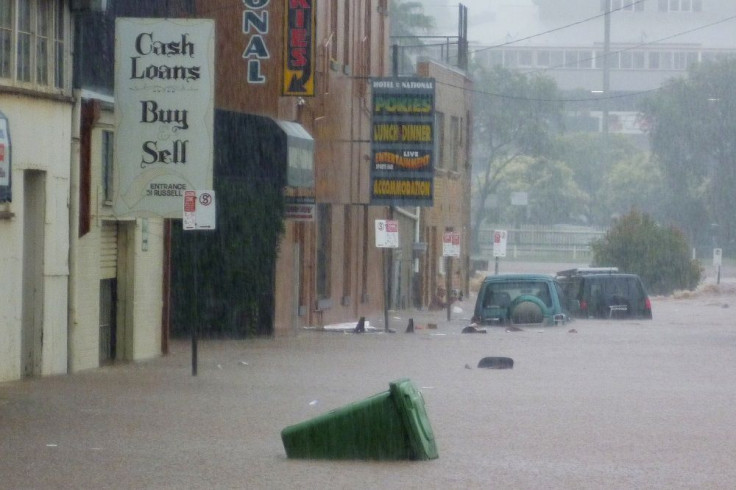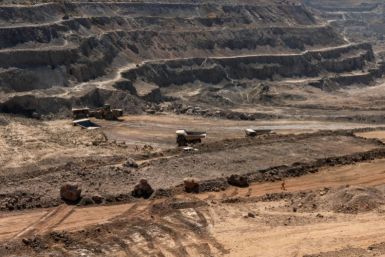Responding to natural disasters would cost Australian government $33B a year by 2050
Almost 4-fold jump from $9 billion in 2015

Australia should brace for an almost four-fold jump in responding to cost of natural disasters within the next 35 years. A report, released on Wednesday, commissioned by the Turnbull government, said by 2050, the cost would increase to $33 billion annually.
That’s around 3.6 times higher than the $9 billion in 2015 when Australia dealt with bushfires, storms, earthquakes and other natural disasters. Rebuilding the infrastructure damaged by natural catastrophes is expected to cost $17 billion annually, reports Daily Examiner.
The bigger amount would go to how Australia would deal with the social impact of the disasters such as mental health problems, violence in the family, chronic ailments and alcoholism. Noel Clement, director of Australian services of the Australian Red Cross, says that to address the medium- and long-term social impacts of natural disaster, the government, business and communities must work hand-in-hand through research and more investments.
Clement hails the report for including for the first time an analysis into the economic costs of the natural disasters’ social impacts, reports Skynews. Based on studies done on the 2010-11 floods in Queensland, 2009 Victoria Black Saturday bushfires and the 1989 Newcastle earthquake, social costs was estimated to be about the same as tangible costs like loss of property.
The social costs were the topic of the first report prepared by Deloitte, released by the Australian Business Roundtable for Disaster Resilience and Safer Communities. The second table refers to the $17 billion infrastructure cost. While acknowledging the importance of designing more resilient physical structures, “Equally important is how we address the less visible, more intangible social impacts before and after the debris is clear,” points out Westpac Chief Executive Brian Hartzer, part of the business group roundtable. Hartzer warns that ignoring that side of the equation would escalate further the economic costs.






